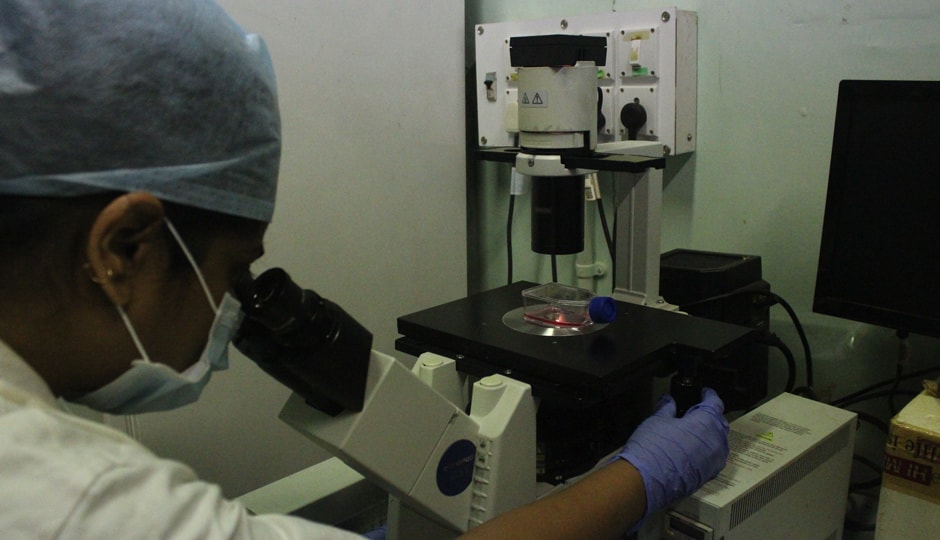
Functional nanohybrids for cancer treatment
PI: Prof. Dhirendra Bahadur, Metallurgical Engineering and Materials Science
Tata Fellow: Sayan Samanta (2014-16)

Recently, a combination of magnetic hyperthermia (non-invasive mechanism) and targeted drug delivery has been becoming more popular because it generates synergistic anti-cancer effects, reduces individual drug-related toxicity and suppresses multi-drug resistance through different mechanisms of action. Three types of magnetic nano-particles differing in surface chemistry will be used in this pre-clinical setting.
– The pH and thermo-sensitive lipid-coated meso-porous magnetic nano assemblies (LMMNA): It bears dual drug delivery system with Doxorubicin/Paclitaxel.
– pH and temperature sensitive dendrimer coated iron oxide nano-particles: It bears doxorubicin as the therapeutic entity.
– Folic Acid (FA) mediated drug targeting of Doxorubicin loaded lipid coated mesoporous Silica Nanoparticles
The first two sets of functional nano-materials respond to the AC magnetic field generated by the radio frequency. As a proof of principle, the project intends to use sub-cutaneous tumour xenograft model of ovarian carcinoma (stably expressing luciferase, a bioluminescent reporter) to monitor the localisation and efficacy of these nano-materials in immune deficient nude/SCID mice.
In this study, we aim to use optical imaging to evaluate the developed nano-particles in luciferase tagged tumour xenografts model. The project aims to see the combinatorial effect of the drug loaded nano-particles in combination with hyperthermia over the tumour model in vivo.
Progression/regression of the tumours are being monitored by bioluminescence imaging and uptake of dual drug loaded LMMNA into the tumour or other organs by repeated fluorescence imaging. Finally, a magnetic field is being used for accumulation of nano-particles in tumours and AC magnetic field will be utilised in the hyperthermic treatment and triggered release of the drug.
The work on dendrimer involves the fabrication and characterization of a new class of cationic, biocompatible, peptide dendrimers, which have been used for stabilizing and functionalizing magnetite nanoparticles for combinatorial therapy of cancer. The synthesized peptide dendrimers have an edge over the widely used PAMAM dendrimers due to better biocompatibility and negligible cytotoxicity of their degradation products.
These studies will establish the efficacy of the LMMNA and dendrimer coated iron oxide nano-particles mediated drug delivery towards combinatorial thermo-chemotherapy of cancer.
In an extension to the above mentioned work, we are also working on Folic Acid (FA) mediated drug targeting of Doxorubicin loaded lipid coated mesoporous Silica Nanoparticles (DOX:FA-LMSN). This strategy targets the over-expressed folate receptors’ cell-lines for site-specific drug delivery.
It aims to do a comparative study on the efficacy of folic acid functionalized systems to improve upon the cellular uptake and reduction in cellular efflux against multi-drug resistant (MDR) carcinomas as compared to non-targeted nano-formulations.

